Tomás Mendez is responsible for bringing a lot of mezcal brands from field to bottle. Anne Bruce investigates how Tomas helps mezcal brands get started.
I’d heard of Tomás long before I met him. Sometimes as a maestro mezcalero, a brand fixer, the cousin of an old friend…Tomás is all of these things. He can source agave, source mezcal, find a bottler, and give advice on every step of the process that allows a fully certified mezcal to be poured into your glass.
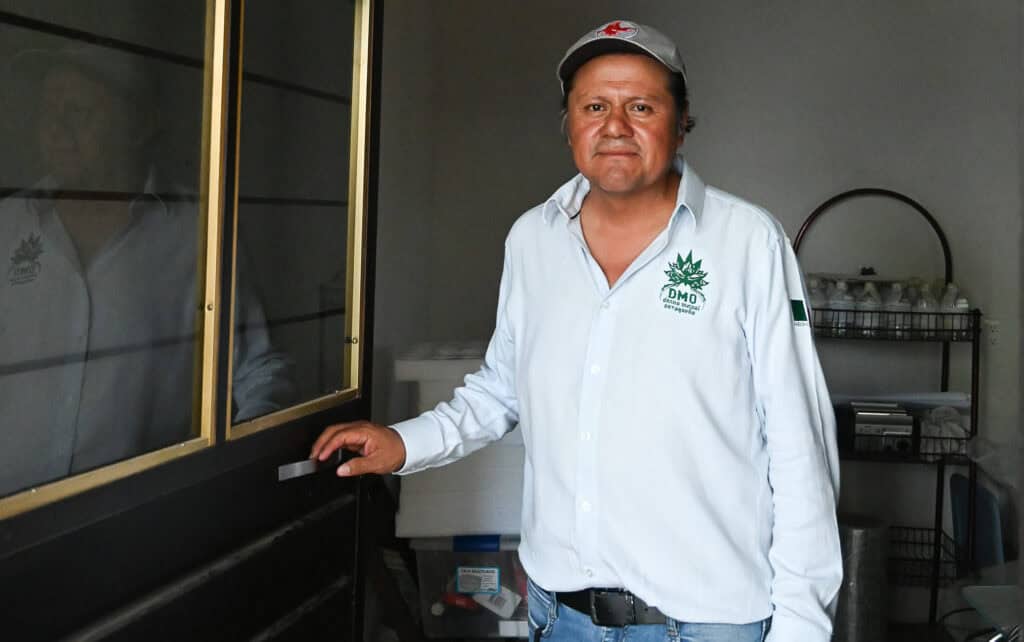
The town of Santiago de Matatlan in Oaxaca is still the heartland of most mezcal that reaches the international market. With ever more companies looking to add a mezcal to their portfolio, it’s no surprise that some entrepreneurial locals have noticed a void to be filled: a fixer to help burgeoning mezcal brands get started. Tomás Mendez Hernandez is one such entrepreneur.
The logistics of sourcing, bottling, and labeling are notoriously difficult to nail down. A “one stop shop” for new mezcal brands sounds like a great idea, but it also raises questions about the industrialization of the artisanal process.
Curious to learn a bit more of the ins and outs of this “one stop shop” aspect, we set up a meeting with Tomás at his roadside bar and restaurant, which is next to his palenque “Dinastia” on the main approach to Matatlan. Over a few mezcals, we started to learn about his journey and the logistics of his business.
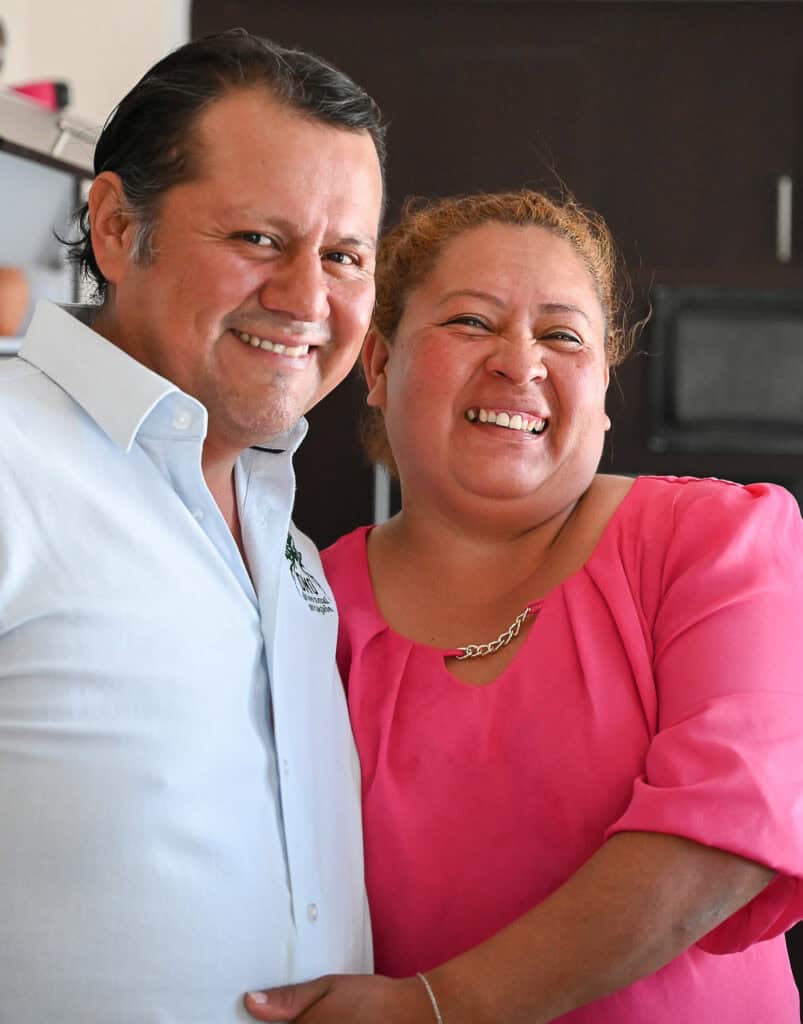
As a fourth generation mezcalero from the “heartland of mezcal,” Tomás has witnessed the various ebbs and flows of the mezcal market over the years. In the early years, his family made mezcal in clay pot stills. In 1945, they started to install copper pots, which they brought down from Guadalajara.
Originally his family sold their product under the name “Mezcal Los Remedios,” a brand now managed by his sister. In the nineties, they began to formalise their brand. In 2015, they established their palenque as la “Dinastía.”
How to start a mezcal brand?
Tomás explains that clients come to him for a variety of reasons. As well as sourcing and bottling mezcal, he provides information on the ins and outs of legal issues. He now has two custom-made facilities that can produce 20,000 liters per month. If demand for liquid exceeds this, they also work with producers from other communities.
The team plants several thousand young agaves each year. Once the agave is harvested, Tomás ferments in open tanks and distills twice with copper alambiques. He aims for a 45% alcohol product, unless otherwise required by a brand client.
The mezcal is stored in stainless steel tanks to preserve its “organoleptic qualities,” which keeps a spirit essentially young, as opposed to letting it rest in glass which would let it mature.
“We have the necessary equipment at our facilities to bottle, label, and package the product for distribution anywhere in the world,” he says.
Tomás has grown his business organically. Most of “his” brands have relied on Tomás to help with the legal side of getting started. If the brands do well, they typically end up working with him for their bottling, labeling and shipping needs. Helping fledgling brands get off of the ground seems to be how he has built his clientele.
According to Tomás, the brands they work with are certified by the Mezcal Quality Regulatory Council. He also works with AMMA and can certify Kosher, if required.
After a few mezcals at the palenque, Tomás invites us to his house in central Matatlan. Here he stores and bottles his agave spirits. The warehouse has the capacity to store up to 50,000 to 100,000 liters.
Here Tomás is also making cremas and curados. We try a tasty–though dangerously sweet–lemon basil infusion. It would serve perfectly as a premixed drink, over ice, or as an afternoon aperitif on a warm afternoon.
Tomás is enthusiastic as he shows us his cellar for barrel ageing mezcal. His goal is to be ready to offer a range of aged agave spirits available under his brand, or to develop particular age presentations for the brands he supports. He has multiple types of used and fresh barrels filled with mezcal of various ages awaiting their forever bottle.
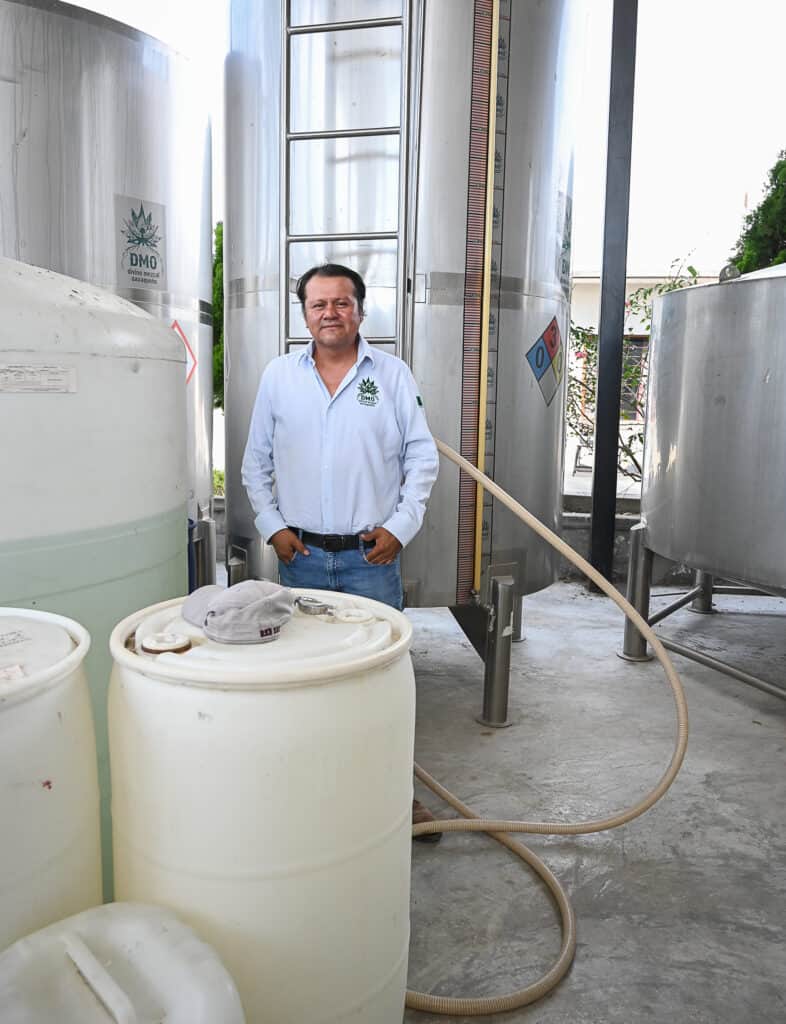
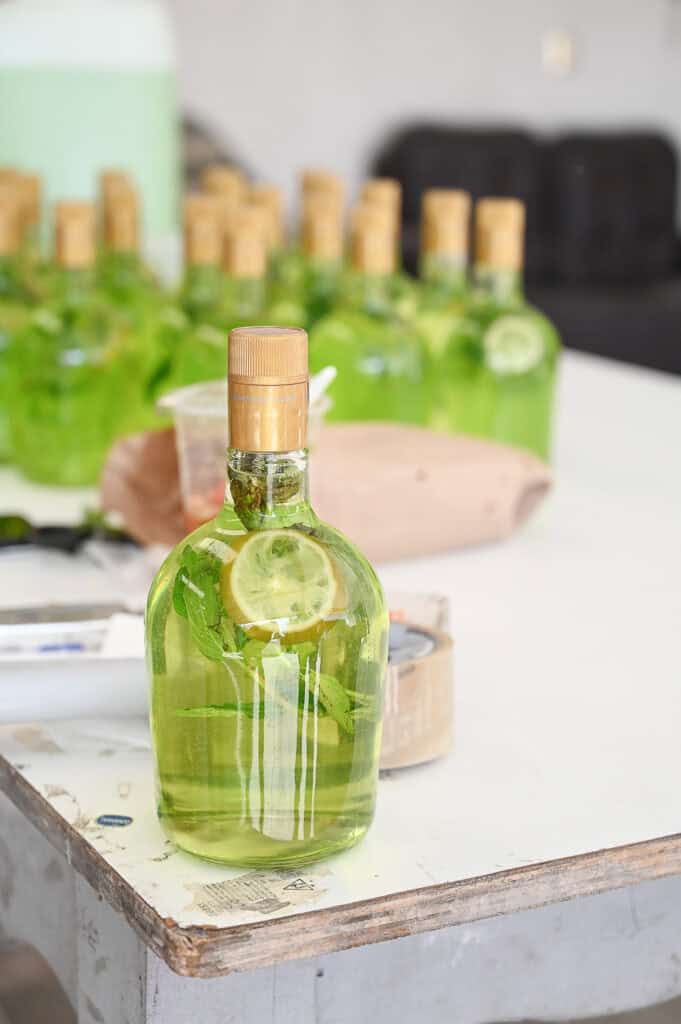
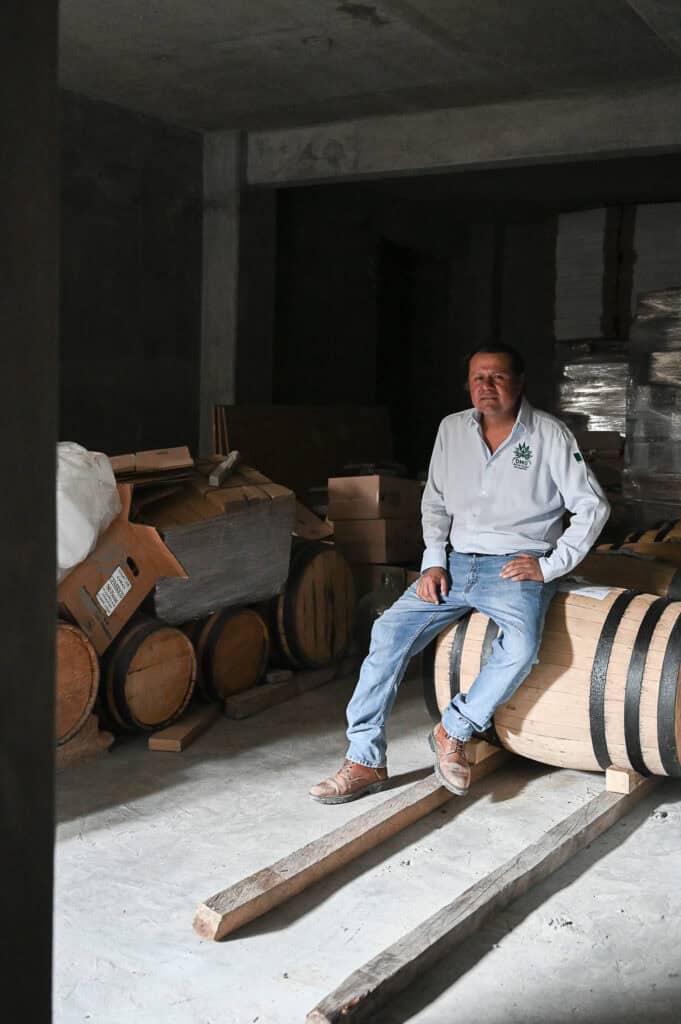
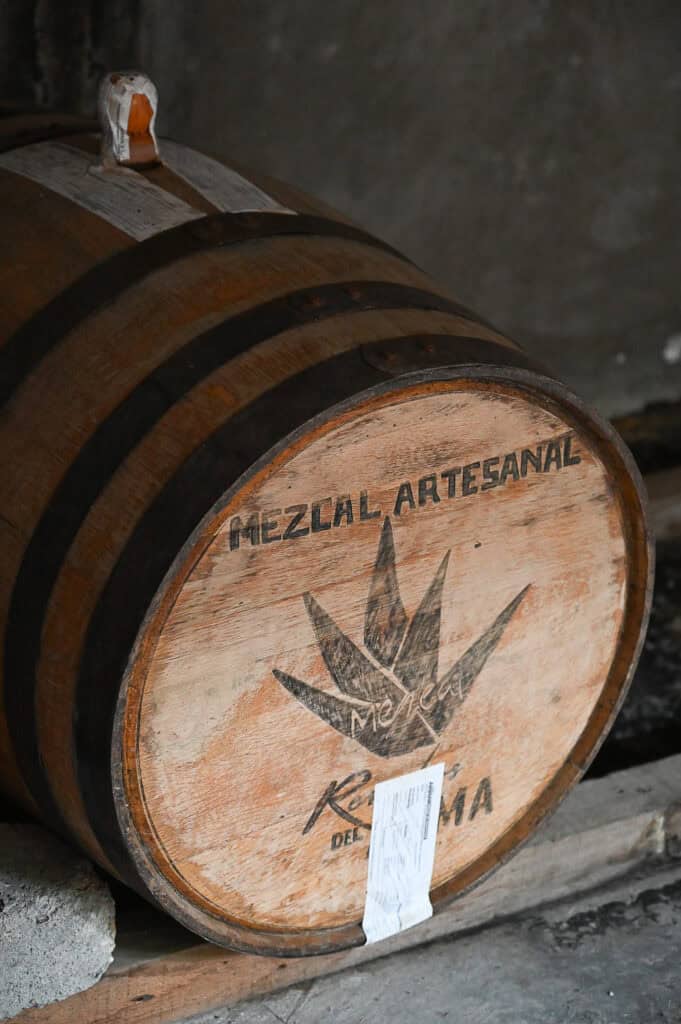
Tomás remembers that his grandfather never used plastic or stainless steel containers. “What existed were barrels. So all the mezcal that was distilled or aged was stored in barrels.” The barrel was not charred to develop additional flavor in the spirit. According to Tomás it was solely to store or to move the mezcal for a few days.
As he explains, “Mezcal is an alcohol that gets contaminated very quickly. You can put essences, spices in it, and it gets contaminated very quickly, and then it takes on the flavor.”
Tomás clearly enjoys the creative possibilities of mezcal, and how the individual consumer engages with that concept. When asked about his opinion of mezcal in mixology he exclaimed: “That question gives me great pleasure to answer! It depends a lot on the market where the mezcal and the product are displayed. Some clients want to sip it neat or also in cocktails. Diverse people can make their own decision on how to drink the product.”
Tomás Mendez shows us some of the mezcal brands he’s helped to the shelf
When we visited Tomás, he was in the final stages of supporting a new LA-based mezcal brand through the final stages of labelling and certification. Beautifully labeled bottles lined the entrance of the facility. Although the brand had their product laid out for final inspection, they asked for discretion ahead of their launch later this year.
Tomás was able to show us some of the brands he works with. He showed us into his office, where he proudly exhibits bottles, including Gran Reserva de Don Alberto, Mezcal Yalitza, Mezcal Madrona, Puntachivo Mezcal Artesanal, Mezcal del Márquez, Mezcal Caza Feroz and Mezcal Cava de Oro.
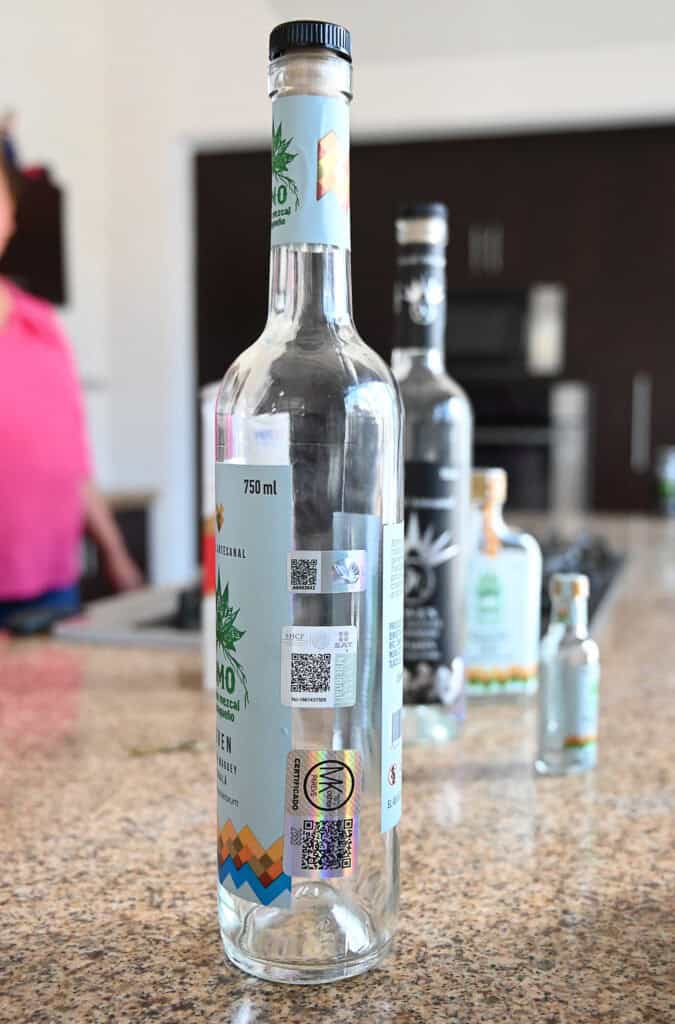
In addition to Tomás’s own brand, “Divino Mezcal Oaxaqueño,” a favorite of ours in this selection is Chulele, a limited edition mezcal that Tomás had a hand in–from harvest to certification.
Mezcal Chulele was founded by LJ Koch, who first engaged with Oaxacan craft through working on a documentary called Joyas de Oaxaca. He spoke to artists, chefs, and mezcaleros to capture the breadth of Oaxacan creativity. Through this work, he became enamoured by the story of mezcal.
Koch partnered with Tomás to create a brand. Together they produced two small batches. Each batch is accompanied by a film showcasing not only the production but also the significance of each themed batch.
The first release is the 2022 Guelaguetza, an espadin finished at 50% ABV. The second release is the 2022 Dia de Muertos at 51% ABV. Only 250 bottles of the Guelaguetza were produced, and 1,250 bottles of the Muertos. Koch is eventually planning on doing three to four releases a year with films to accompany each.
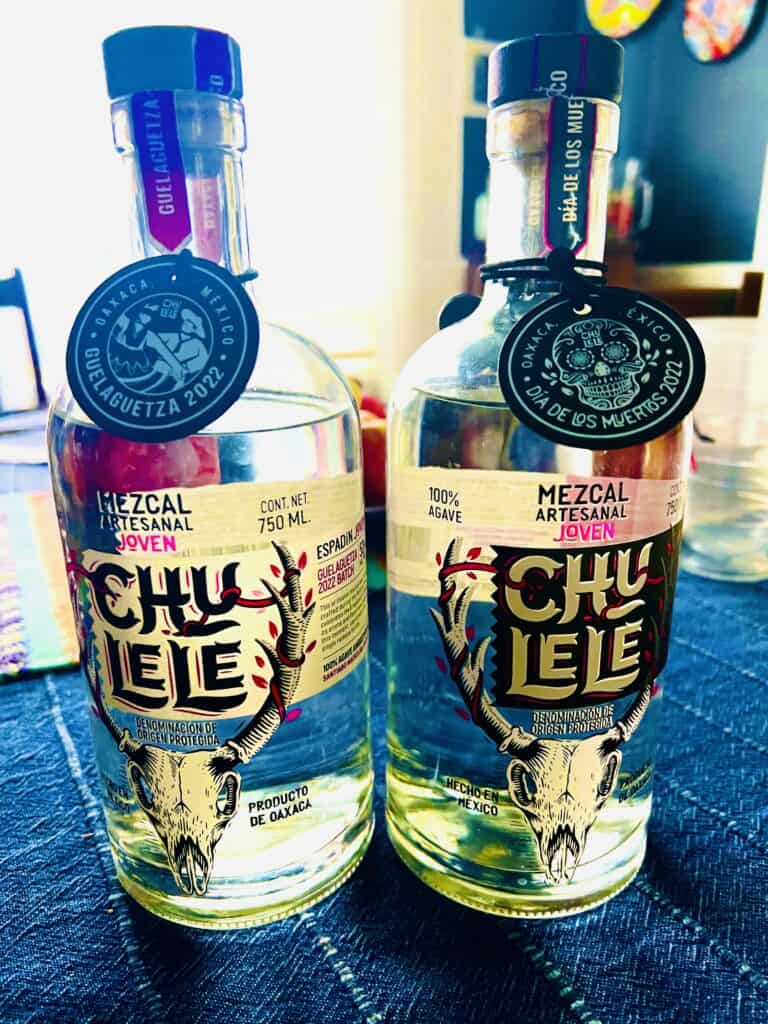
But you won’t find Chulele in stores. They work with a direct to consumer model, selling through the website.
Tomás is appreciative of the land and knowledge he has inherited. He says that everything starts with the soil. Conditioning the field is important: “We treat the soil so that it better receives the seeds or the hijuelos and they have more advantages. Once the hijuelos have been planted in the fertile ground, it is necessary to take care of them for almost a decade until they are big and ripe enough to be converted into mezcal.”
Despite the significant growth of his production, Tomás emphasises that they are a company founded on tradition with “the vision and capacity for modernization to face the challenges that the 21st century presents.”
He says, “We take care in every step of the process of creating a quality artisanal mezcal. From the care of the maguey in our fields, to cooking in a stone oven, the meticulous distillation, to the placement of our labels, everything is supervised with great care and passion.”
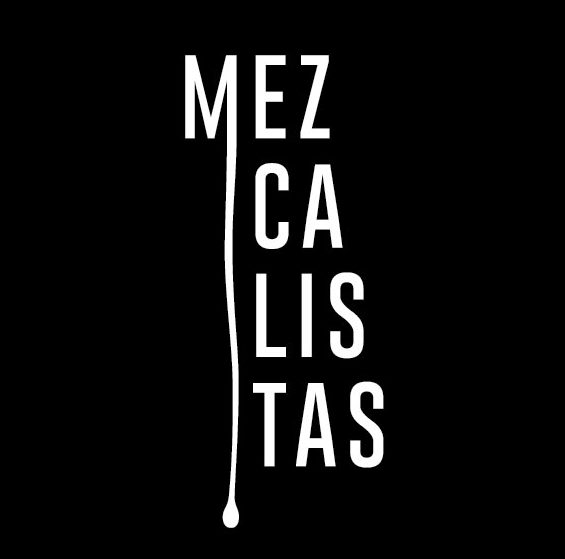
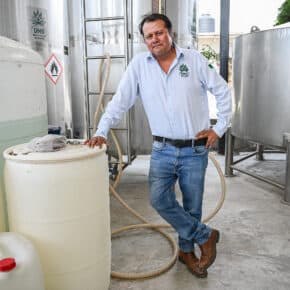
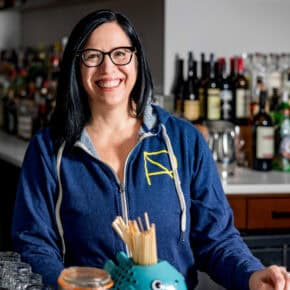
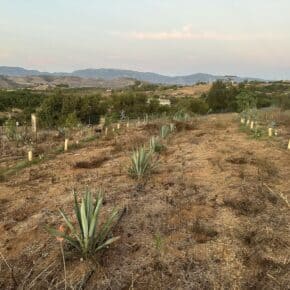
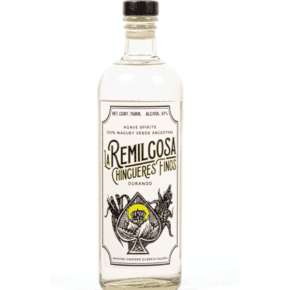
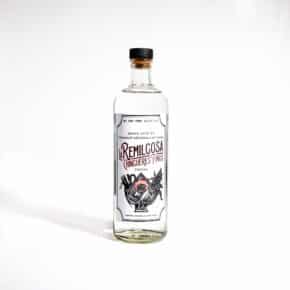
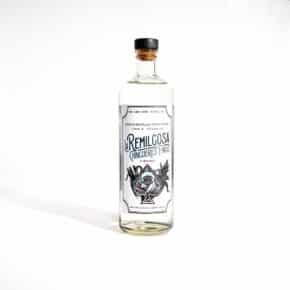
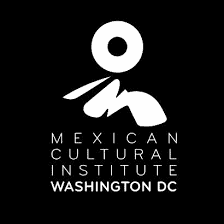

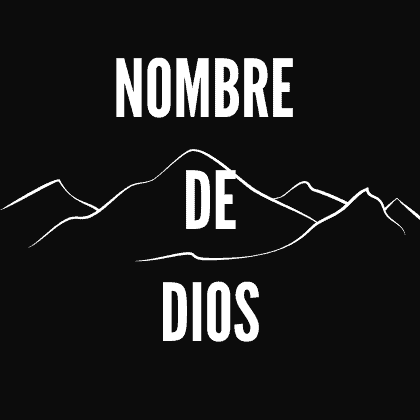

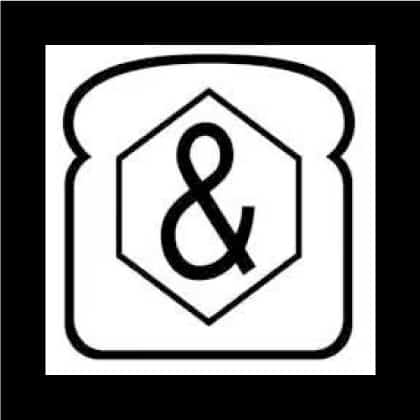
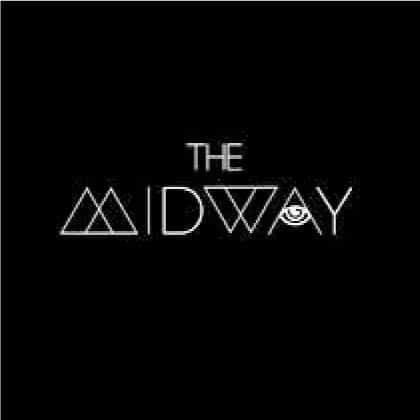
Leave a Comment